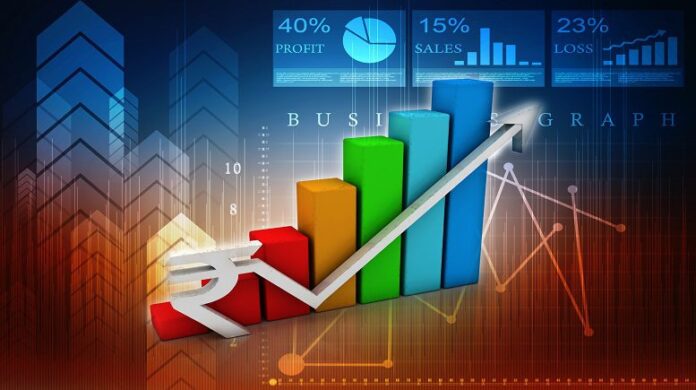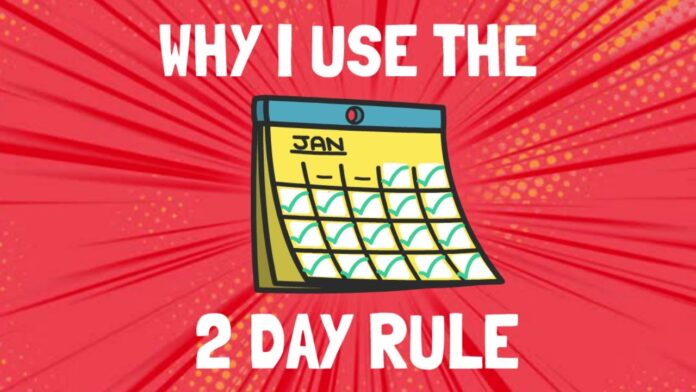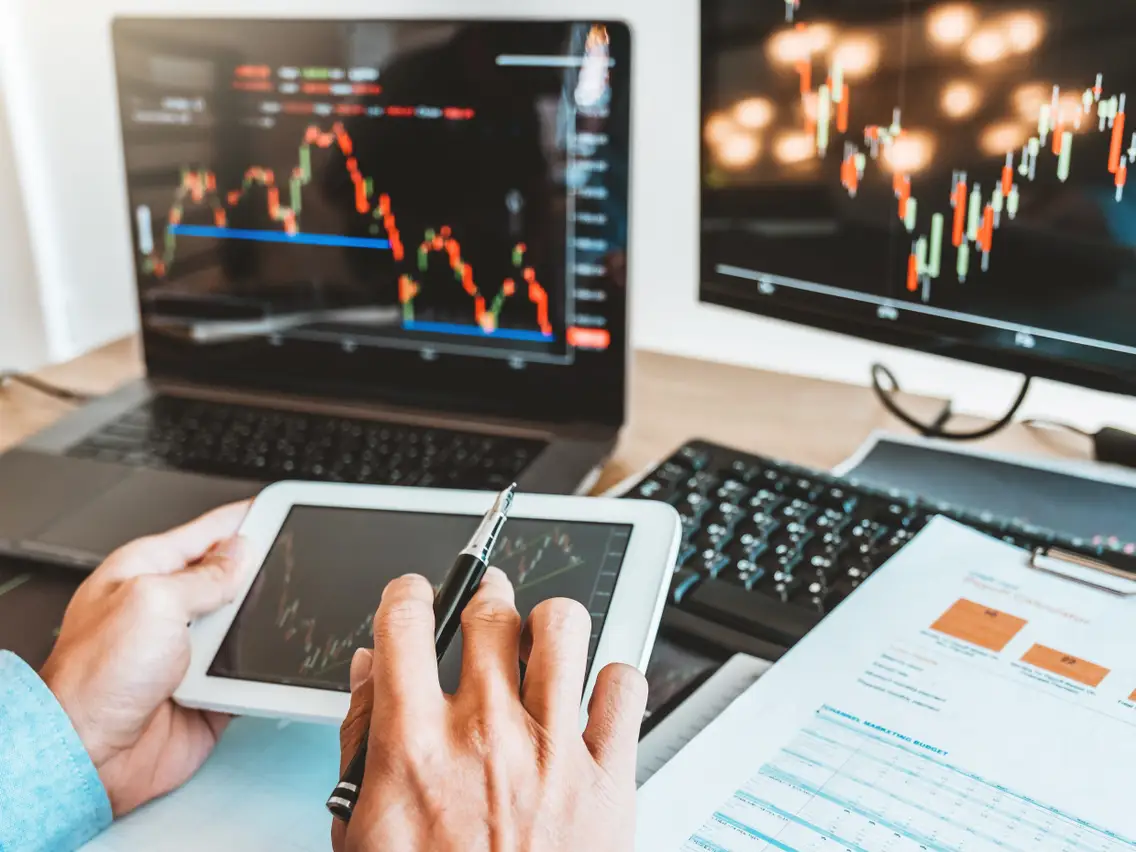The market is a beautiful thing, isn’t it? It allows us to invest our money in things that we believe will grow in value, and hopefully give us a return on our investment. And if you’re new to the stock market, that might mean you’re wondering what the best way is to buy stock.
What are the four types of secondary markets?

There are four main types of secondary markets: stock exchanges, OTCs, auction markets, and dealer markets.
Stock exchanges are the most common type of secondary market, where buyers and sellers can trade shares of publicly-traded companies. Buying and selling commodities on an exchange is usually simpler than doing so on a private exchange since all transactions are conducted through automated systems.
OTC Markets are similar to stock exchanges in that they allow buyers and sellers to trade shares of publicly-traded companies. However, they are typically more complex than stock exchanges because they allow for trading that does not have readily available ticker symbols (the unique identifying code assigned to each share).
Auction markets function much like open-air fleas where sellers set up tents and offer their wares directly to buyers. Unlike traditional auctions, however, the participants buy and sell shares rather than physical items.
Dealer markets are the least common type of secondary market and involve the sale of securities not traded on any other marketplaces. It isles off smaller investors from the larger institutional players who dominate other secondary markets, making it a less desirable choice for those looking to invest in high-quality commodities.
What are the different types of stocks?

There are a few different types of commodities that investors can purchase on the secondary market. These include stocks of public companies, stocks of private companies, and stocks of REITs (real estate investment trusts).
Public company commodities are those offered by companies that are listed on a stock exchange. These shares are bought and sold on the open market, so they tend to be more volatile than other types of commodities.
Private company stocks are those not offered publicly. They are usually purchased by investors who believe in the company’s long-term prospects. Because these shares are not traded on an exchange, they may have less liquidity than public company or REIT stock.
REITs (real estate investment trusts) are unique among the types of stocks for two reasons: first, they typically own stakes in multiple properties rather than just one; second, their income comes from rental income, not share sales. So, while they’re not traditional companies, REITs can be an interesting way to invest in real estate.
What to know when buying?
The first thing is that secondary markets are used for trading goods that have already been sold.
The second thing you need to know is that you’re not buying them from the company itself. You’re actually buying them from someone who bought them from the company and is now selling them.
There’s a risk involved. This risk depends on a lot of factors, including the stock’s price and how active the market is at that particular time.
A step-by-step guide to buying

To buy stocks on a secondary market, you first need to find a platform that offers access. There are several options available, including both online and mobile platforms. Once you’ve found a platform that suits your needs, it’s time to begin your search for commodities.
To find stocks on a secondary marketplace, you should first look at the type of investment that interests you. Some common types of investments available on secondary markets include equities, bonds, and options. Once you’ve identified the type of asset that interests you, you can begin searching for it by using various filters.
One useful filter is the price range. You can narrow down your search by specifying an exact price or by selecting a price range. Additionally, you can also use filters based on industry or country. This will help you find stocks that match your investment goals and investment style.
Once you have found a commodity that matches your criteria, it’s time to make your purchase. To do this, you will need to create an account on the platform where assets are listed and provide some basic information about yourself. This information includes your name, email address, and phone number. After you have registered, you will be able to view the stock’s details and make your purchase.
To complete your purchase, you will need to provide the platform with your bank account information and the security code for your investment. Once this information has been provided, the purchase will be completed and the commodity will be added to your account.
What is the 2-day rule?

The two-day rule is a buying guideline that dictates that generally speaking, you should wait two days after a stock has been announced before buying it. The rationale behind this guideline is that, if there’s been insider trading involved in the company, the market might be trying to catch up to the information and prices will go down as a result.
What is the 5% rule?
The 5% rule states that you can buy commodities in the secondary marketplace (i.e., over-the-counter markets, such as the OTC Bulletin Board) for a maximum of 5% of the company’s current share price. This limit is in place to prevent investors from buying large quantities of stock in a company at once in an attempt to artificially increase its price. If you’re considering purchasing stock outside of the formal channels (e.g., through a brokerage), it’s important to understand the 5% rule so that you don’t end up breaking it.
Who are the key players?
Corporations
The most important players in the secondary market are corporations. They are responsible for issuing new shares of stock and are often the first investors in new companies. They use the secondary market to buy back shares from shareholders, raise money by selling shares to investors, and sell shares to other corporations.
Institutions
Institutions are businesses that are not owned by individual people but by groups of people (such as pension funds or mutual funds). Institutions play an important role in the economy because they have a lot of money to invest. They use the secondary market to buy and sell stocks, bonds, and other securities.
Investment Banks

Investment banks are firms that help companies raise money by selling their assets to investors. They also underwrite new stock issues and act as middlemen between companies and their investors. Investment banks use the secondary market to buy and sell stocks, bonds, and other securities.
What time of day is the best time to buy?
Typically, during the morning hours, from 9:30 a.m. to 10:30 a.m. Eastern Time (ET). This is due to the fact that there are generally fewer active buyers and sellers, which makes transactions faster and less complicated. Additionally, this is usually when stocks are cheapest, which allows you to make the most money off of your investment.
Conclusion

If you’re looking to buy stock on the secondary market, this quick guide will help you get started. First, decide what type of asset you want to purchase. Then, find a reputable platform that offers a wide range of investment opportunities. Once you’ve found a commodity and made your purchase, be sure to do your due diligence and read the company’s latest financial reports. And lastly, keep an eye out for announcements that could impact the price of the stock (e.g., upcoming earnings reports). Good luck!









